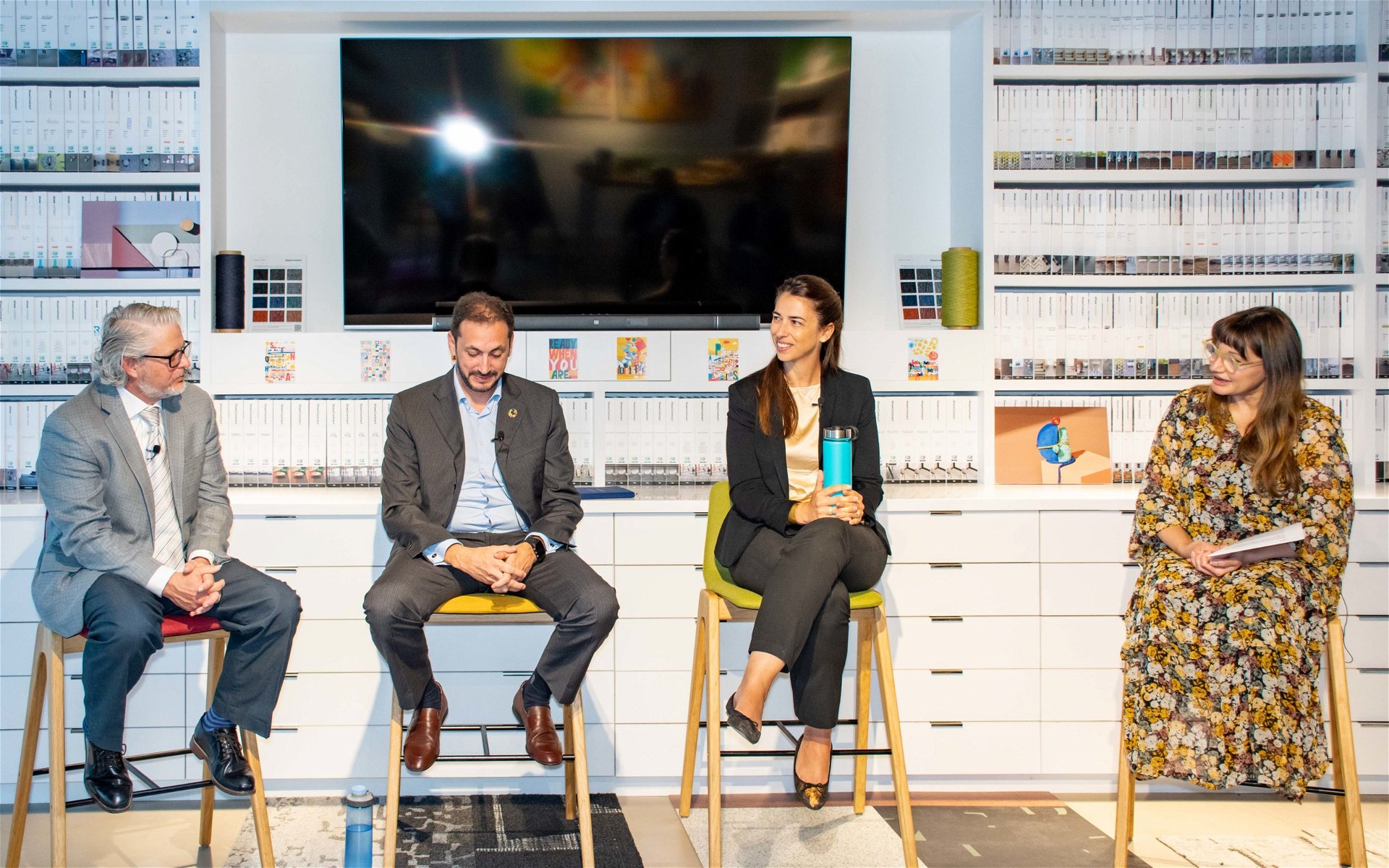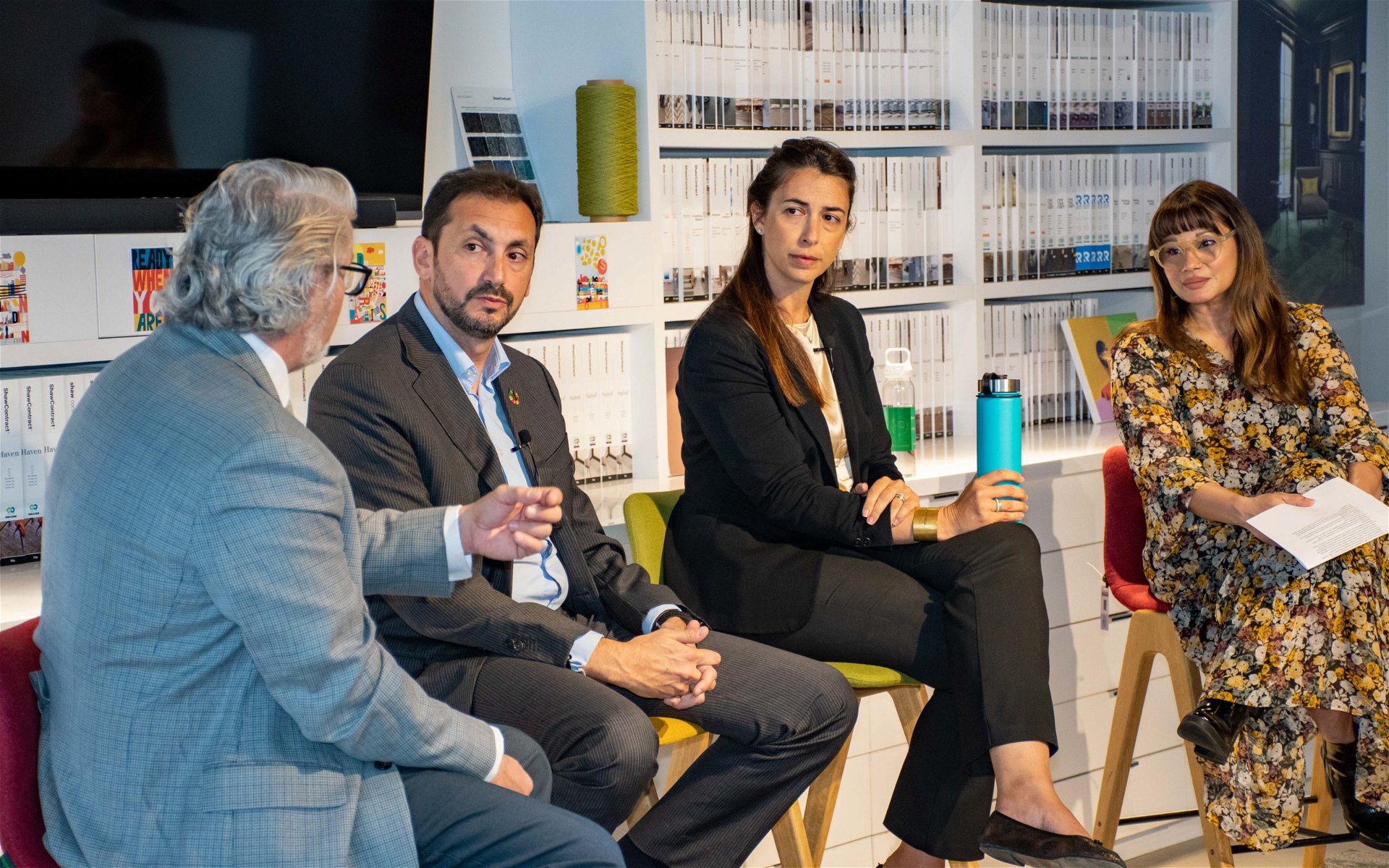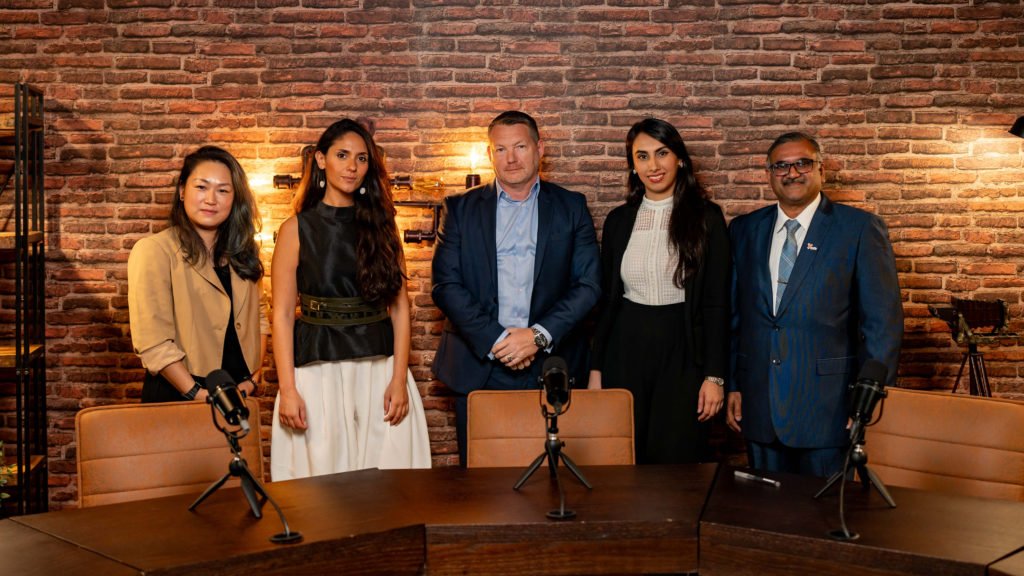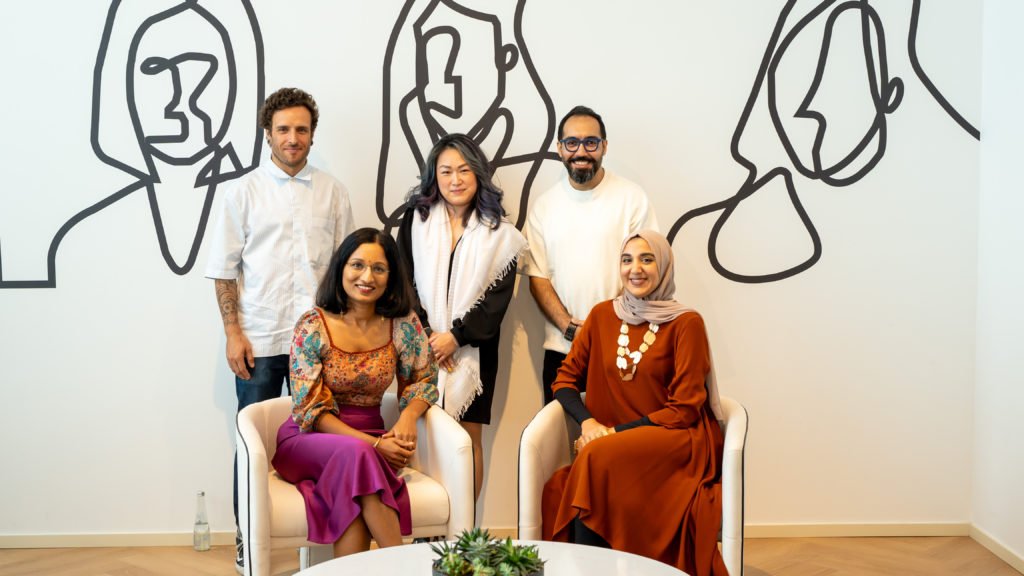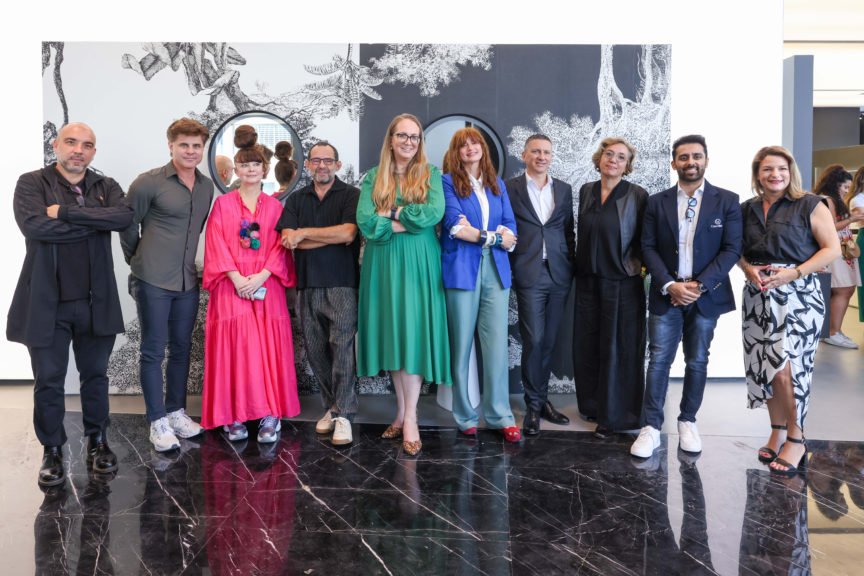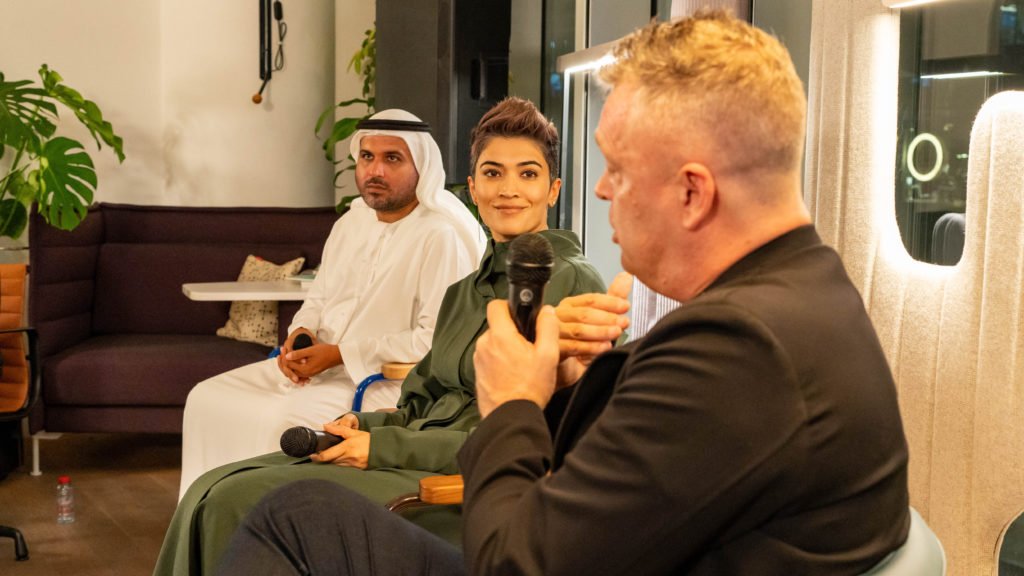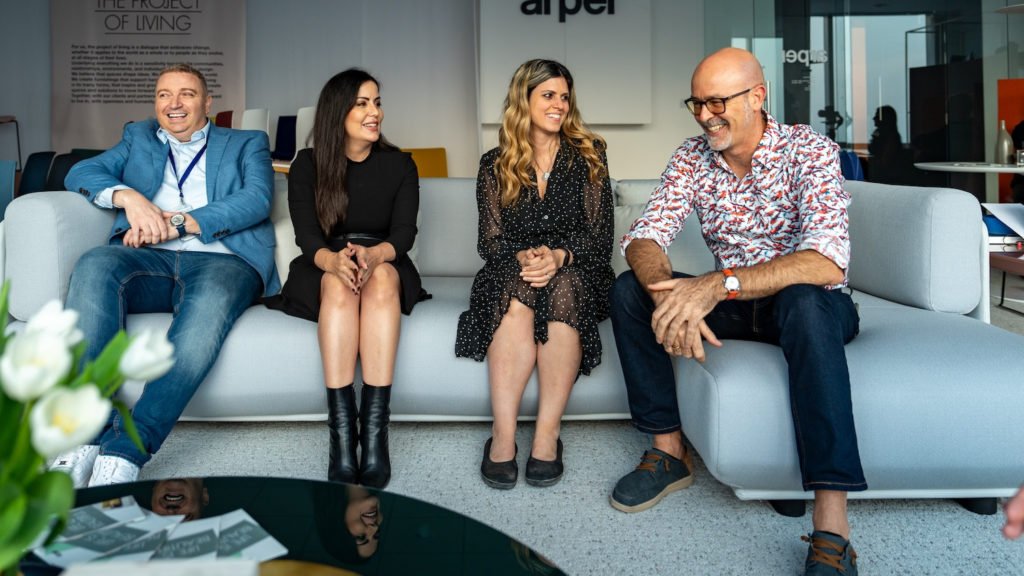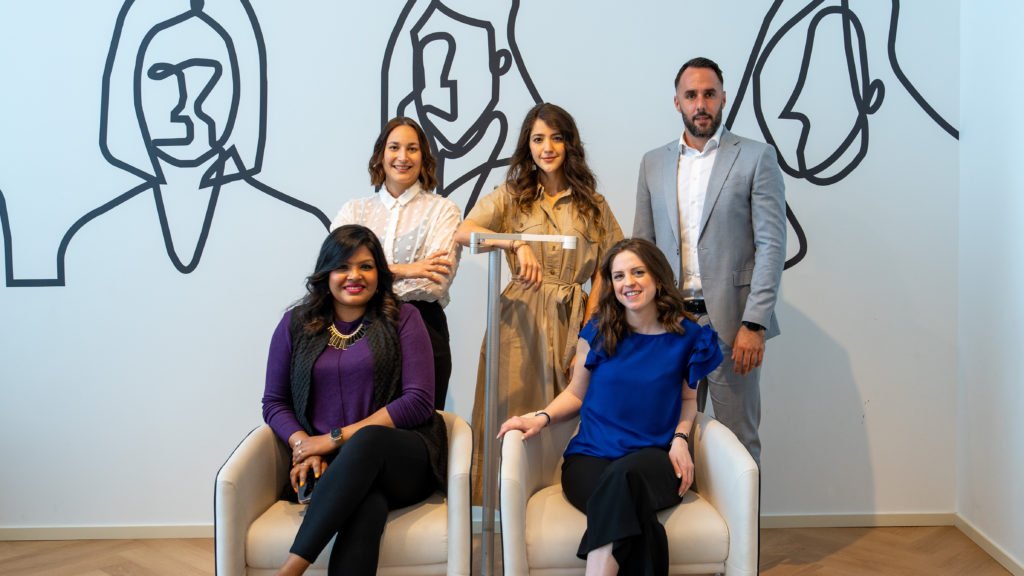Understanding The Human Impact on Water
Tatiana Antonelli Abella, Founder and Managing Director at Goumbook, a social enterprise focused on sustainability for over a decade now, is no stranger to this issue. She’s run several campaigns on conservation in the past, many of them with a focus on connecting companies with people and helping them make an impact. An important point that she stresses is how little we understand about the impact our decisions make on water utilisation and conservation.
“So many little things we do actually have a large impact on water,” Tatiana explains. “Those single-use plastic water bottles each use three litres of water to manufacture. Something even more shocking to a lot of people is that those palm trees you see around the country consume up to 300 litres of water in the summer! It’s important to educate the public and market about the different ways we can make a difference. When looking at trees, the Ghaf tree is a far better option. Not only is it the UAE’s national tree, but consumes significantly less water and is much better for the indigenous ecosystem.”
Joe Battikh, PhD Candidate, Sustainability Management, Visiting Scholar – American University of Sharjah, takes the conversation further, projecting it on a large scale. His work involves research on climate change and security, and he shares with us the impact of water needs.
“The MENA region is the most impacted in the world by climate change,” says Joe. “With the current rise in temperature, most of this region will be inhabitable due to heat and water scarcity. The sea level is rising at a dangerous rate. UNICEF research uncovered that water scarcity is not only impacting agriculture and the economy, but children as well, 90 percent of the impacted number is in the MENA region. Scarcity of water has a huge impact on their health and development. All of these are a result of climate change, and it is a reality we might have to face sooner than we think. Water is not just used for drinking and agriculture, but for generating power as well. In this region, we use water to clean solar panels because they’re always covered in dust and lose their efficiency if we don’t clean them often.”
So what steps can we take to improve this situation? For a start, we can take a look at our existing infrastructure.
“We have a lot of existing buildings that need to be retrofitted with simple but effective technologies that help reduce water usage and wastage,” says Tatiana. “The second is the construction industry – its operations are heavily water intensive. So we need to look at the way we build, our use of cement, and other water-intensive building aspects. But then a lot of it is also behaviour. You can have the best building in the world, but if we keep our air conditioning thermostat set at 16 degrees constantly, or keep faucets running for longer than necessary, we won’t make any progress. There are also stricter measures that we can take, like taxation. We don’t take water seriously, and it’s time we start changing that.”
“Mismanagement is a big contributor to water wastage,” Joe adds. “We know that around 60 to 70 percent of water goes into agriculture. But around 30 to 40 percent of that food goes to waste, which means a lot of water that is used in farming has gone to waste. Technologies, policies, and effective management can go a long way towards solving these. Certain multinational companies have KPIs in place to ensure there’s something to work towards. So it is certainly possible.”
“Eliminating waste in buildings is huge,” says Christhoper Champlin, MEA Regional Vice President at Shaw Contract. “I was recently introduced to a company that calculated about 40 percent waste in concrete used in every building here, which means that a LOT of water is wasted! Something we can immediately start doing is using digital technology to eliminate that waste. When you start putting the technical data in a digital format, then all of a sudden, that becomes succinct. If we can measure water usage through KPIs then we can start being more mindful about it. Digital technology is a great opportunity for us to start improving the way we do things.”

